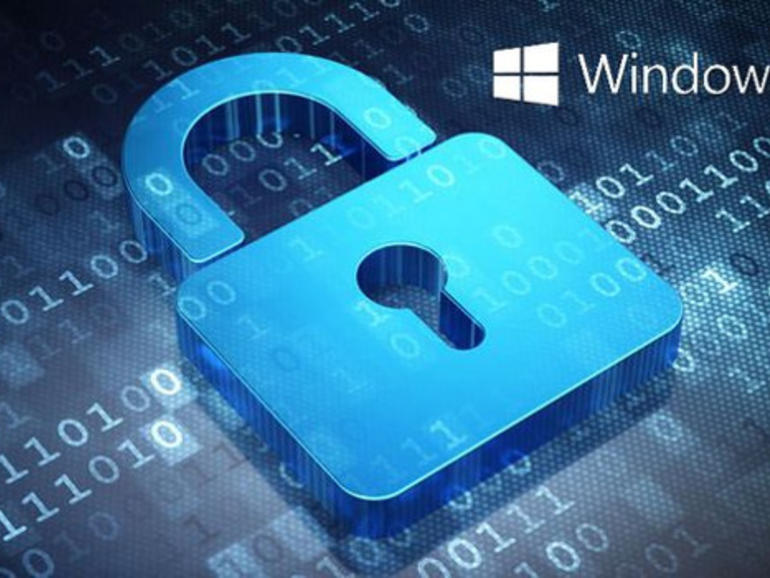Windows 10 Continues to Offer New Security Features to Curb the Modern Threat Landscape
By: Rotimi Olumide, Director, Microsoft Windows Business Division Sub Saharan Africa & Indian Ocean Islands
It’s no secret that government agencies require a very high level of safety and security in their IT environments. Constantly evolving security threats, managing continuous updates on multiple platforms and devices, and slow upgrade cycles are just a few of the challenges facing government CIOs today.
Companies all across Africa, face new and emerging challenges that range from a constantly shifting threat landscape to managing multiple platforms and devices in the enterprise environment. And the modern threat landscape has never been more challenging, driving tremendous costs and risk to the security of critical information.
Last week the U.S Department of Defense announced its intention to begin the rapid deployment of Windows 10 throughout it’s organizations, to improve the Department’s cybersecurity, lower the cost of IT and streamline the IT operating environment.
Further demonstrating a strong vote of confidence for the platform, Windows 10 has been certified as meeting specific government criteria and standards. The National Information Assurance Program, the arm of the US government responsible for evaluating commercial IT products for use in National Security Systems, has certified Windows 10 against the Mobile Device Fundamentals Common Criteria protection profile.
Over the past few months, we’ve talked to lots of customers across Africa about the advantages of upgrading to Windows 10. We’ve talked about the advantages of in-place upgrades, the familiarity of the interface and the benefits of a consistent operating system and converged application environment.
However, probably the most important reason that customers should upgrade now is to take advantage of the New Security Features, available on Windows 10.
Windows Hello: One of the greatest weaknesses in any security environment is the use of passwords, which can easily be hacked and used to gain access to secure resources and data. With Windows 10, agencies can identify individuals and restrict access through integrated multi-factor authentication using biometric mechanisms like facial recognition or fingerprints using the Windows Hello and Windows Passport features.
Enhanced threat resistance and device security. Working from a crypto-processor, Trusted Platform Module (TPM) -approved chip, tools include familiar features like Secure Boot, which helps prevent malware from embedding itself within hardware or starting before the OS, and Trusted Boot which helps maintain the integrity of the rest of the operating system. Device Guard ensures that only signed applications and code can run on these devices. And Credential Guard safeguards credentials inside a hardware-based virtualized environment and breaks the popular “pass the hash” used in many major breaches.
Windows Defender, provides anti-malware service, which currently protects almost 300 million Windows devices every day.
Enterprise Data Protection, currently in testing with enterprise customers and available soon, provides separation between both corporate and personal data and prevents corporate data from being copied out of corporate files to non-corporate files and locations, such as public website or social channels. Additionally, when EDP is used with Rights Management Services, it can protect data locally adding another layer of protection even when data roams or is shared.
Feels like a good time to make the upgrade and start deploying Windows 10 on machines – both at work and at home.
